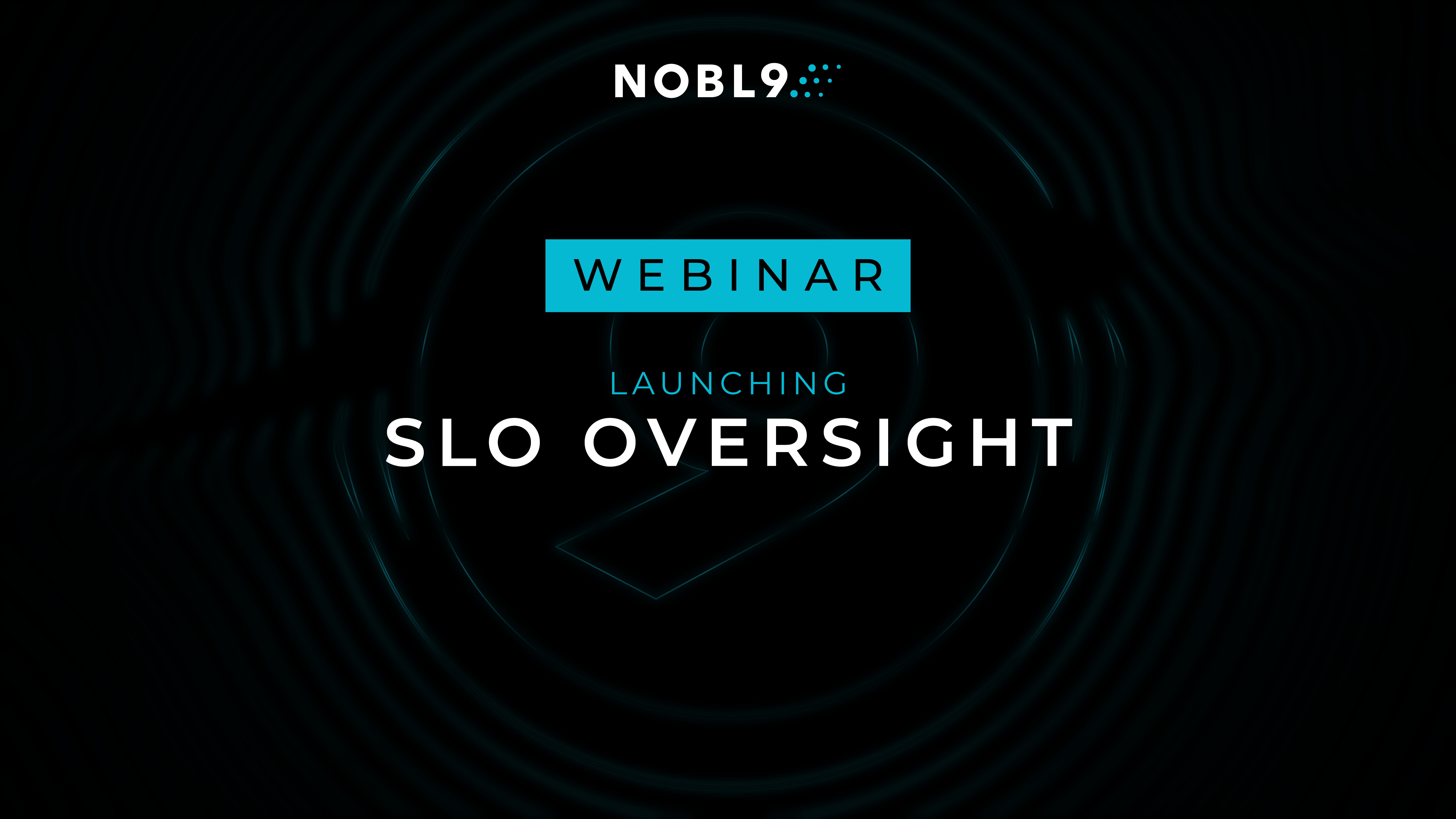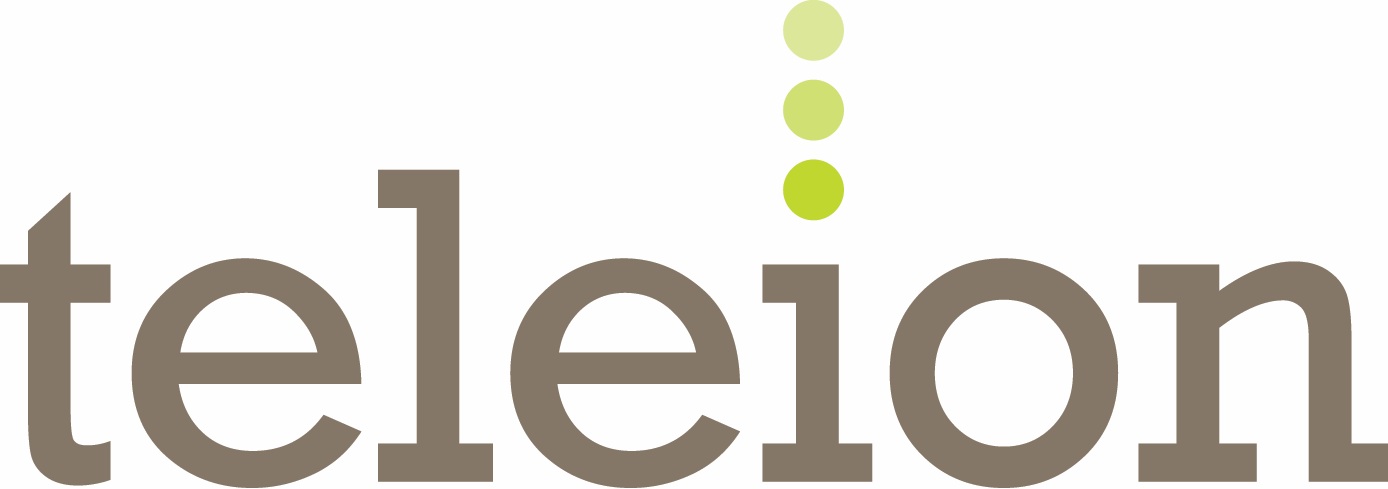More by Erza Zylfijaj:
Nobl9 Named Finalist for CRN 2024 Tech Innovator Award in Application Performance and Observability Getting more from your SLOs with faster Workflows & Smarter Context Is MTTR Dead? Why SLOs are Revolutionizing Reliability. What marketing to SRE teams has taught us about trust Strategies and Business Benefits of Implementing Service Level Objectives (SLOs) Introducing A New Way of Creating, Managing, and Sharing Reports Driving Cultural Shift Towards Site Reliability Engineering Navigating Service Level Objectives and Graceful Degradation: A Webinar with Stanza, Google, & Pagerduty Can SLOs protect reliability when team experts leave? How to Sell Reliability to a Skeptical Exec? SLOs Gone Wild: Surviving Service Level Chaos with Advanced Strategies Black Friday is the ultimate reliability stress test How To Simplify Producing Pre-Recorded Talks with the Speaker Buddy System Are You Ready For #SLOconf? Building Resilient Systems: Nobl9 Achieves the AWS Resilience Software Competency| Author: Erza Zylfijaj
Avg. reading time: 2 minutes
Ask most companies, "Who owns reliability?" and they’ll probably point to the SRE team. Maybe a platform lead. Occasionally, a VP of Engineering. But rarely, if ever, the Head of Product.
That needs to change.
The best product leaders treat reliability not as an infrastructure checkbox, but as a product feature. They understand that reliability is the user experience. When things break, when pages load slowly, or when workflows fail silently, it’s not just a backend problem. It’s a product problem.
Here’s why your next Head of Product should care deeply about reliability, and what that looks like in practice.
1. Reliability is how trust is built (and lost!)
You can’t deliver value if people can’t use your product. Even the best features fall flat if users don’t trust that your service will behave the way it should. Reliability may not be listed on your roadmap, but it appears in usage patterns, churn rates, and every frustrated support ticket.
At Nobl9 we’ve seen customers reduce churn by double digits simply by catching small errors earlier, often ones that never triggered alerts in traditional monitoring tools.
Great product leaders think beyond features. They focus on predictability, consistency, and performance under pressure because that’s what users remember.
2. It closes the gap between product and engineering
SLOs, error budgets, and real-time burn rate signals give product teams visibility into what’s actually working. There’s no need to sit in every standup or dig through logs.
Instead of relying on gut feelings or stale metrics, product can align with engineering using shared data. When product managers start asking how error budgets are trending instead of only asking about ship dates, it reflects a stronger partnership.
Tools like our Nobl9 platform help make this seamless. They bring together signals from existing observability tools and present a clear picture of reliability that product teams can understand and act on.
3. It turns last-minute disruptions into strategic choices
When reliability is treated reactively, it leads to firefighting. When it’s treated strategically, it becomes part of the decision-making process.
We’ve seen teams use burn rate data to postpone a marketing launch or pause feature development to focus on stability. These weren’t last-minute escalations. They were planned decisions based on data the product team could see and trust.
4. It helps product defend decisions with data
Prioritizing reliability work isn’t always popular. When there’s pressure to deliver new features, it can be hard to say no.
But product leaders who can point to SLO breaches, customer complaints, or rising alert fatigue aren’t guessing. They’re showing exactly why stability work matters.
Nobl9 customers have reported reductions in Sev1 incidents and improved developer productivity by shifting focus from reactive firefighting to reliability-focused planning.
This kind of data shifts the conversation. It moves from opinion to evidence.
5. It supports better launches, not just better uptime
Product managers shouldn’t only ask whether a feature launched. They should ask how well it performed, whether the rollout stayed within error budgets, and if any specific environments struggled.
When reliability data is part of product planning, launches go smoother. They’re safer and more confident. And when things do go wrong, teams have the right data to respond quickly.
Final Thoughts: Reliability as a Product Superpower
In the end, great products don’t just work. They work every time. Reliability isn’t the job of a single team. It’s a shared responsibility, and product leaders are in a unique position to make it a priority.
The next time you’re hiring a Head of Product or stepping into the role yourself, don’t just ask “What’s on the roadmap?” Ask “Will it work when our customers need it most?” That mindset doesn’t just prevent outages. It builds the kind of trust that keeps customers for life.
Because in today’s market, reliability isn’t just an operational metric.
It’s your competitive advantage.




.png)





.png?width=1200&height=628&name=Building%20Reliable%20E-commerce%20Experiences%20(42).png)
.png?width=1200&height=628&name=Building%20Reliable%20E-commerce%20Experiences%20(34).png)






Do you want to add something? Leave a comment